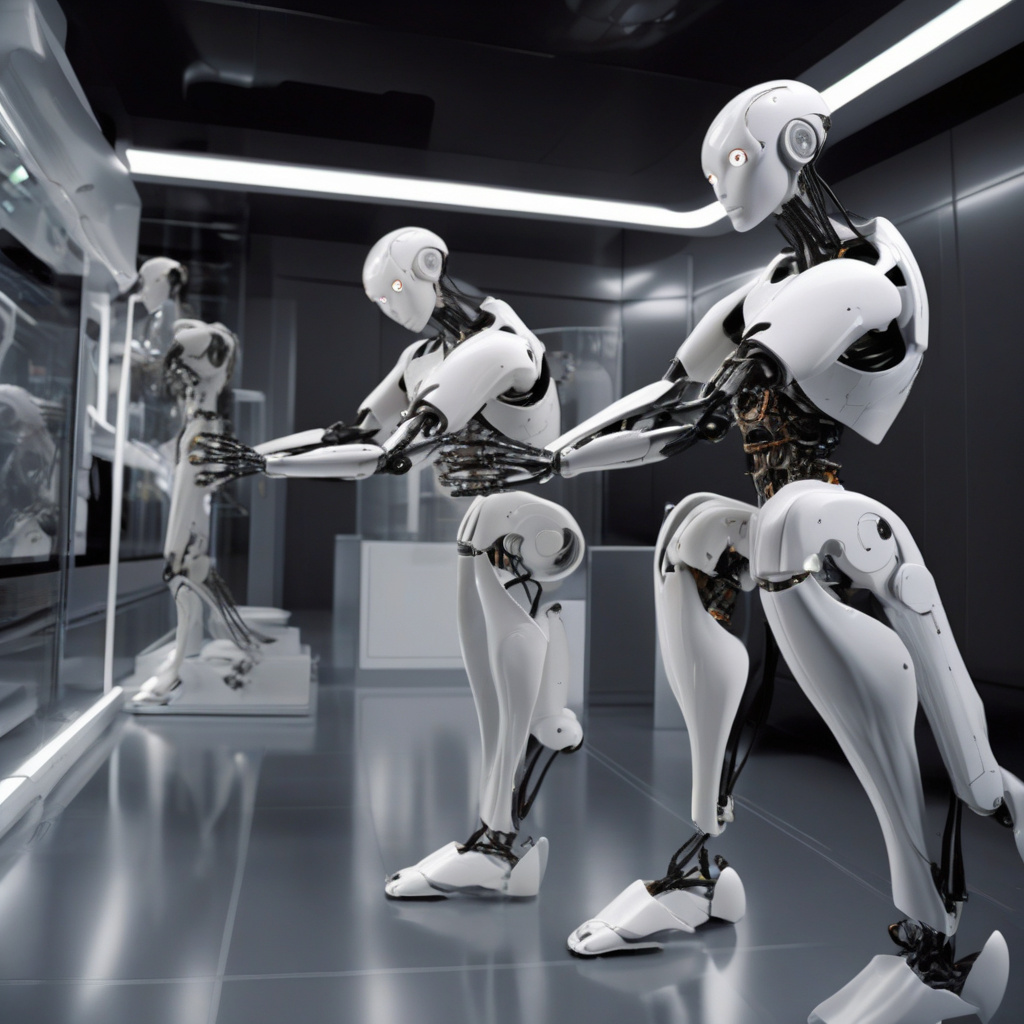Robots have long fascinated us with their potential to mimic human movements and tasks. The latest innovation in this realm comes from Polish company Clone Robotics, which has introduced the Protoclone robot. This humanoid marvel is not just a typical robot; it boasts synthetic muscles and a polymer skeleton with 206 bones, making its movements strikingly human-like.
In a captivating YouTube clip, Protoclone showcases its agility and flexibility, thanks to its synthetic muscles in action. These muscles enable a level of movement precision that was previously only seen in science fiction. The integration of technology and biology in this robot is a significant leap forward in robotics.
Protoclone is equipped with a 500-watt electric pump serving as its “heart,” along with four cameras acting as its “eyes.” Furthermore, the robot is outfitted with an array of sensors—320 pressure-sensitive sensors and 70 inertial sensors, as reported by Ars Technica. This sensory network allows Protoclone to interact with its environment and respond to stimuli in a remarkably human-like manner.
Looking ahead, the implications of such advancements are vast. Imagine a future where robots like Protoclone seamlessly assist with household chores like cooking, dishwashing, and laundry. The potential for these robots to augment our daily lives is both exciting and transformative.
As we witness the evolution of robots like Protoclone, we are reminded of the boundless possibilities that technology can offer. The fusion of synthetic muscles with advanced sensor technology brings us closer to a future where robots are not just tools but integral parts of our lives. Let’s embrace this era of innovation and look forward to what the future holds in store.

